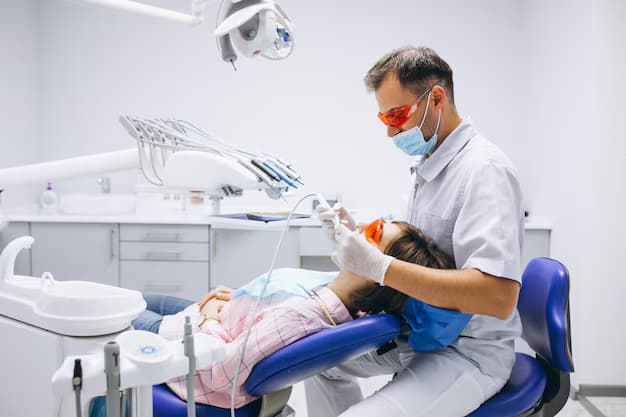Maintaining a healthy smile involves more than brushing and flossing at home. For many people, locating a “hygienist near me” provides the professional care needed to prevent cavities, gum disease, and other dental issues. Regular cleanings not only improve oral health but also help detect problems early, keeping teeth and gums strong for years to come.
This article explains why hygiene appointments are essential, what procedures are involved, how often to visit, and home care tips to maintain results between appointments.
Why Regular Cleanings Are Crucial
Visiting a hygienist ensures that plaque and tartar, which cannot be fully removed with home care, are professionally cleaned. Plaque buildup can lead to cavities, gum inflammation, and bad breath if left untreated.
Hygienists do more than clean teeth; they examine gums, assess oral health, and spot early signs of decay or disease. Early detection allows treatment before issues progress, reducing the need for extensive dental work.
Regular cleanings also improve the appearance of teeth, removing stains and leaving them smooth and polished. Maintaining a consistent schedule helps prevent problems and supports long-term oral health.
Scaling, Polishing, and Advice
During a typical session with a hygienist, several procedures may be performed:
- Scaling: The removal of hardened tartar from tooth surfaces and between teeth. This step is essential to prevent gum inflammation and decay.
- Polishing: After scaling, teeth are polished to remove surface stains and smooth enamel, which helps prevent future plaque buildup.
- Oral Health Advice: Hygienists provide personalised guidance on brushing techniques, flossing, and selecting the right products for home care.
These treatments are generally painless and provide immediate benefits, leaving teeth feeling clean and refreshed. Patients often notice smoother, brighter teeth following a session.
Frequency Recommendations
How often you should visit a hygienist depends on oral health, age, and risk factors for gum disease or cavities.
- Routine Schedule: For most adults, a hygiene appointment every six months is recommended.
- Higher Risk Patients: Individuals with gum disease, diabetes, or a history of frequent cavities may require visits every three to four months.
- Children: Regular appointments support healthy teeth development and teach effective oral care habits early.
A personalised schedule ensures optimal care and helps maintain a healthy smile over time.
Home Care Between Visits
Professional cleanings provide a strong foundation, but maintaining oral health at home is equally important. Hygienists recommend the following:
- Brushing Twice Daily: Use a soft-bristled toothbrush and fluoride toothpaste to remove plaque effectively.
- Daily Flossing: Clean between teeth where toothbrushes cannot reach.
- Mouth Rinse: Antibacterial rinses can reduce plaque and freshen breath.
- Healthy Diet: Limit sugary snacks and drinks that contribute to cavities.
- Regular Self-Checks: Watch for signs of gum bleeding, swelling, or tooth sensitivity, and seek advice if issues arise.
Combining professional care with consistent home hygiene maximises the benefits of visits to a hygienist.
Summary
Finding a “hygienist near me” provides more than just a clean set of teeth. Professional appointments remove stubborn plaque and tartar, prevent gum disease, and detect early dental issues. With scaling, polishing, and personalised advice, patients leave with healthier teeth and gums and greater confidence in their smile.
Maintaining a routine, following home care guidance, and attending regular check-ups ensure long-term oral health. Investing time in preventive hygiene protects teeth, enhances appearance, and reduces the need for more extensive dental procedures.





Comments